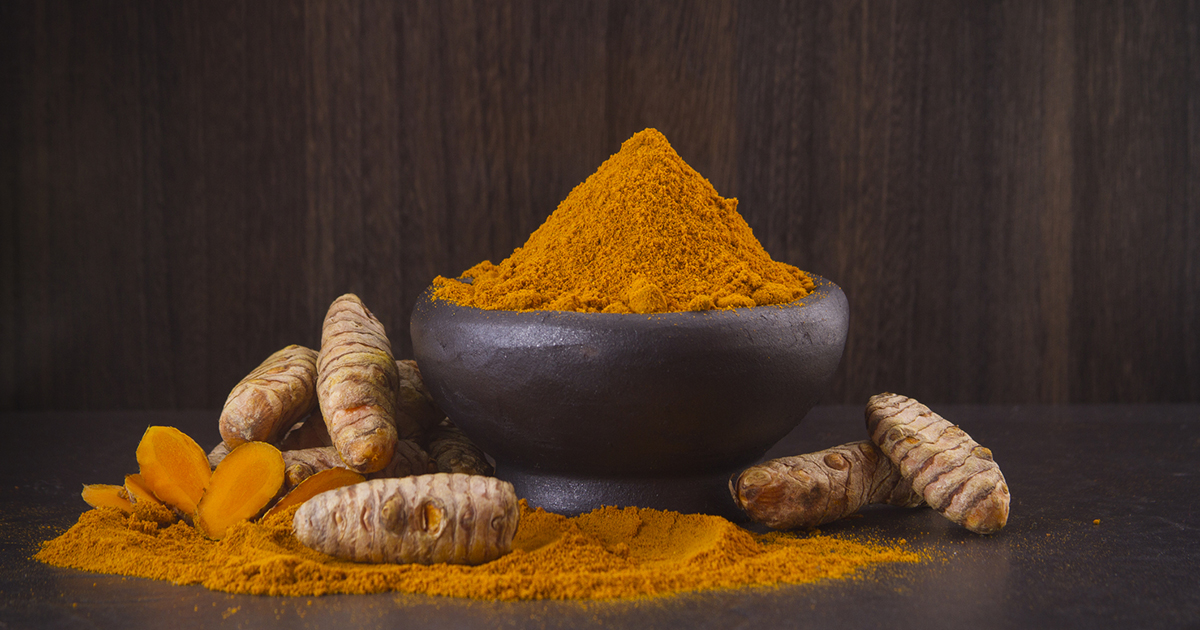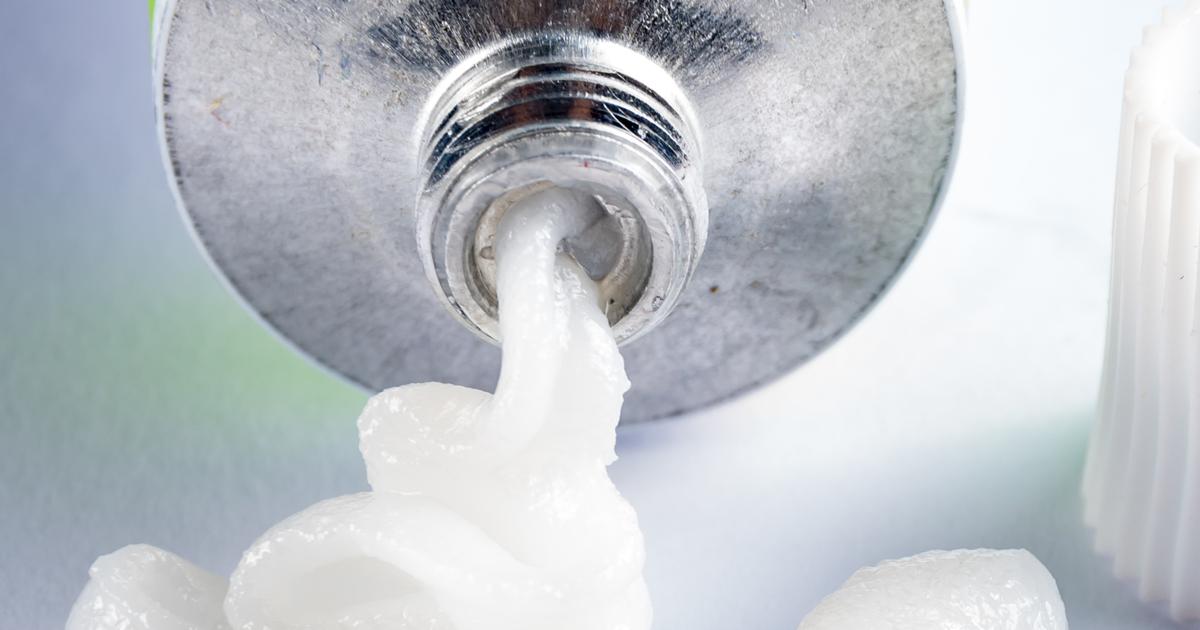Highly Effective Treatments for Sciatic Nerve Pain
Sciatic nerve pain is most commonly caused by a ruptured or bulging spinal disk. Affecting an estimated forty percent of the population at varying stages of life, it is one of the most common ailments facing society today. Contrary to popular belief, the term 'sciatica' is simply a set of symptoms generated by an underlying problem causing the compression of the sciatic nerve. These symptoms may include tingling, pain, numbness or weakness in the lower back, buttocks, and legs.
There are several remedies to alleviate the pain caused by this compression, allowing sufferers to function more optimally in everyday life. Learn about them now.
Natural Anti-Inflammatory Compounds

When the sciatic nerve is compressed, the resulting inflammation creates the collection of symptoms known as sciatica. Thankfully, natural anti-inflammatory compounds may be of use in combatting this inflammation. Turmeric is a potent natural anti-inflammatory herb that has recently grown in popularity. It has a lengthy history of use as a pain reliever and inflammation reducer. It works by reducing the levels of inflammation-causing enzymes in the body, thereby decreasing associated pain. Devil's claw is another natural remedy with impressive anti-inflammatory capabilities. It has long been used as an alternative treatment for pain and inflammation and has shown promising results. Turmeric may be taken as a tea, and in liquid or capsule form, while devil's claw is typically taken as an extract in pill form.
Topical Treatment

Topical treatments are absorbed through the skin into the affected area and involve the use of either pharmaceutical or natural anesthetics and anti-inflammatory compounds that reduce pain and inflammation. These products may contain menthol, lidocaine, or herbal preparations that must be absorbed into the muscles to provide relief. To see the most benefit from these treatments, patients should apply these in conjunction with a light massage to facilitate muscle absorption. These treatments may take anywhere from fifteen minutes to one hour to reach full effectiveness. Patients should remain relaxed and immobile, preferably lying down, to achieve the most benefit.
